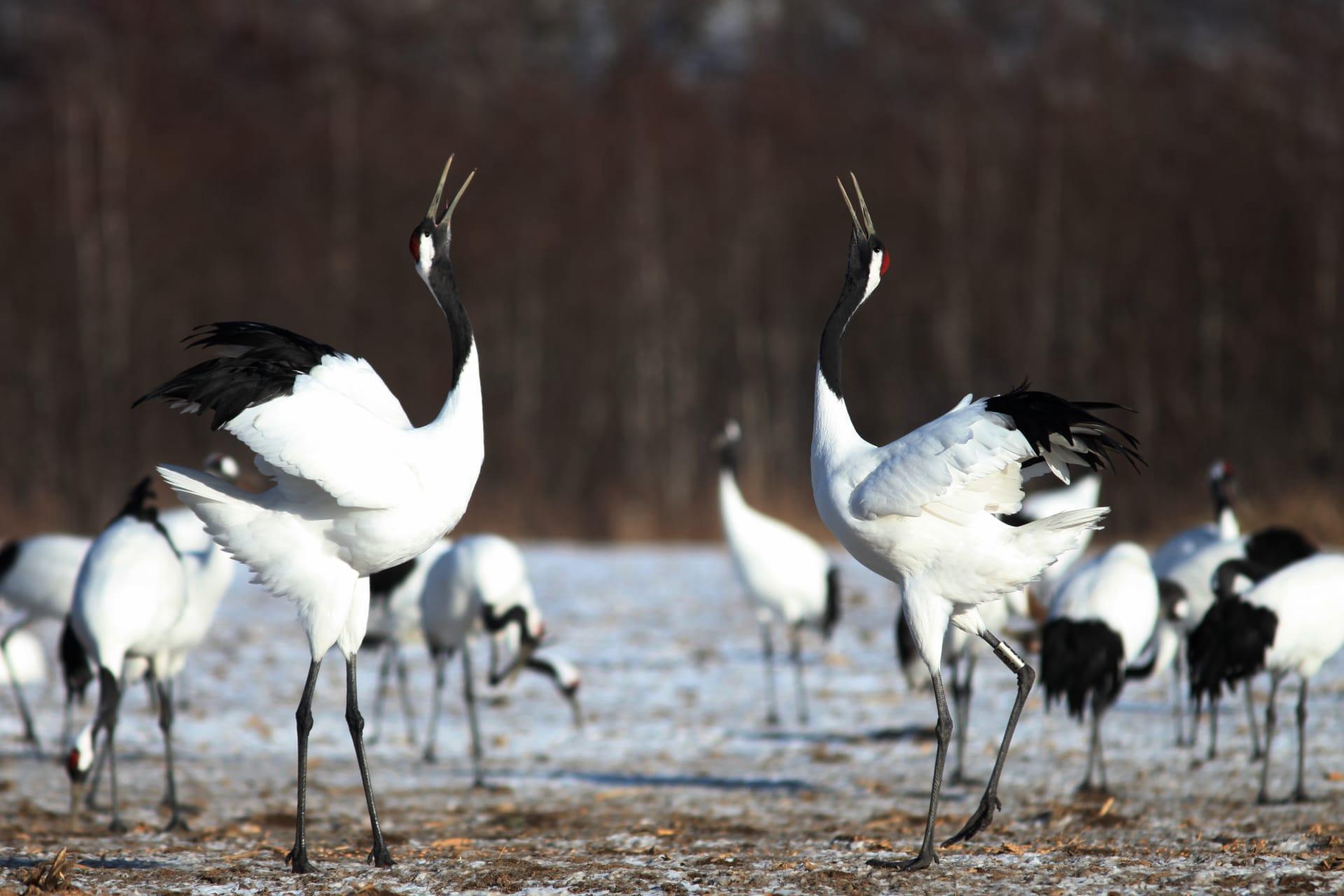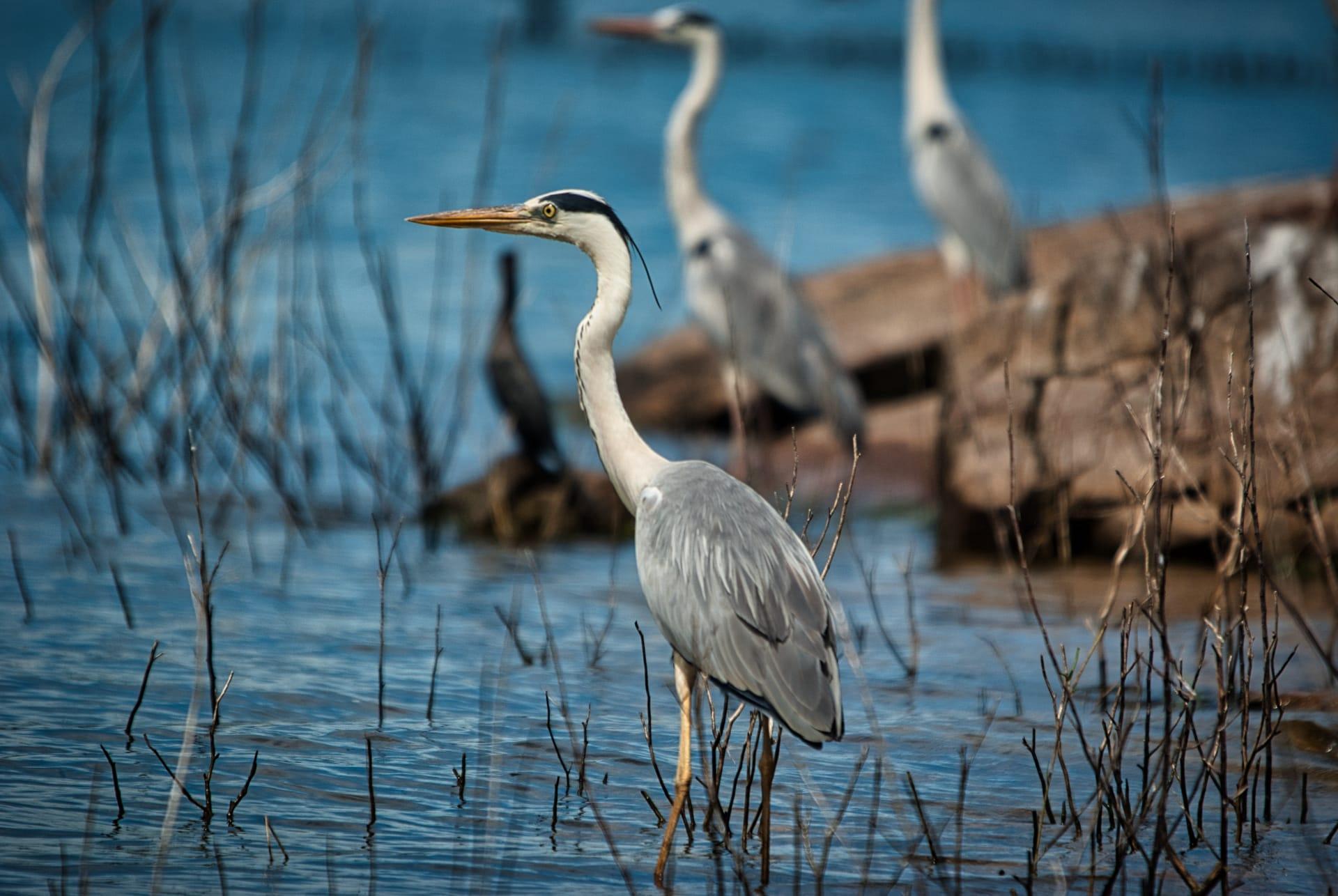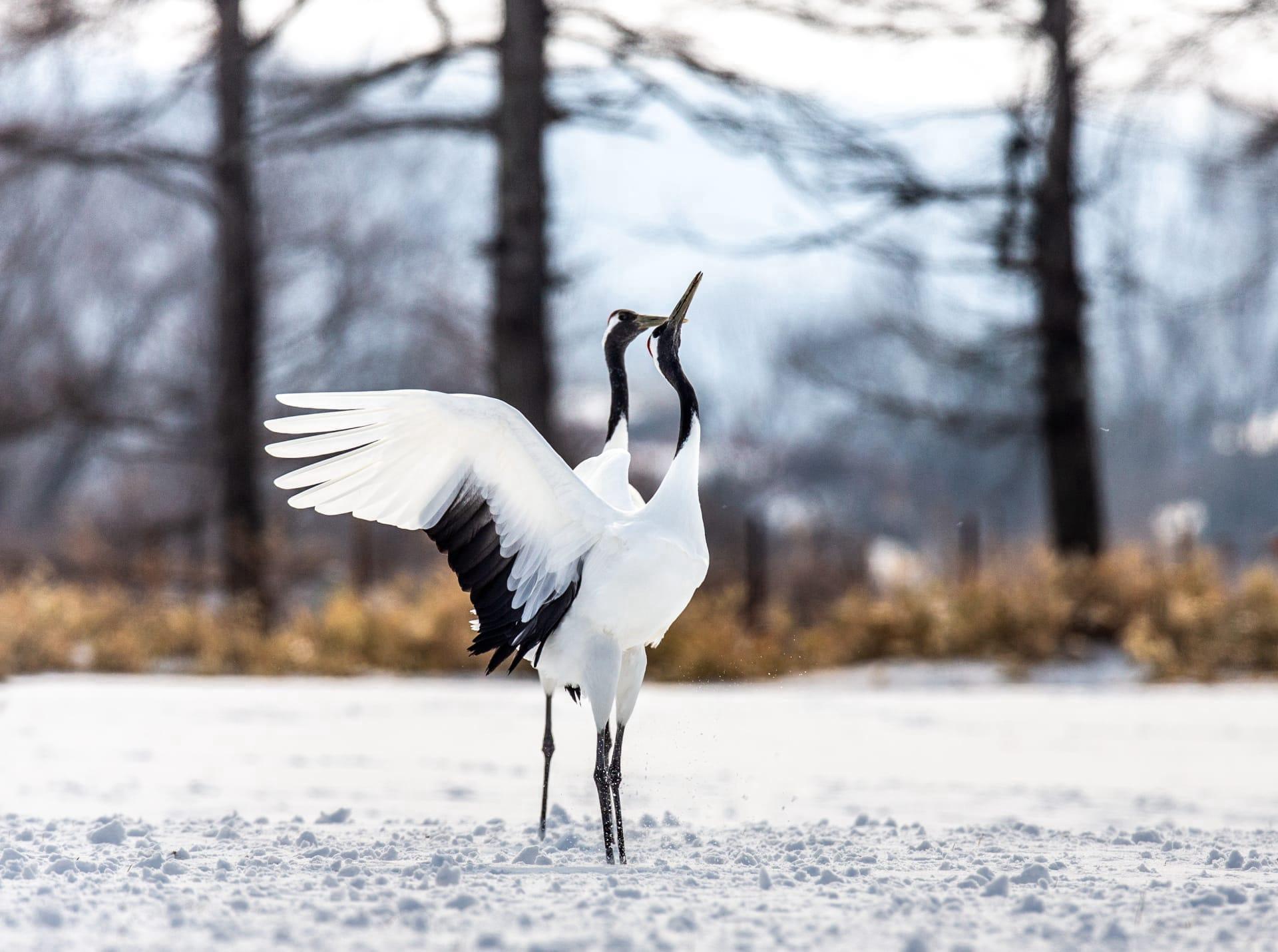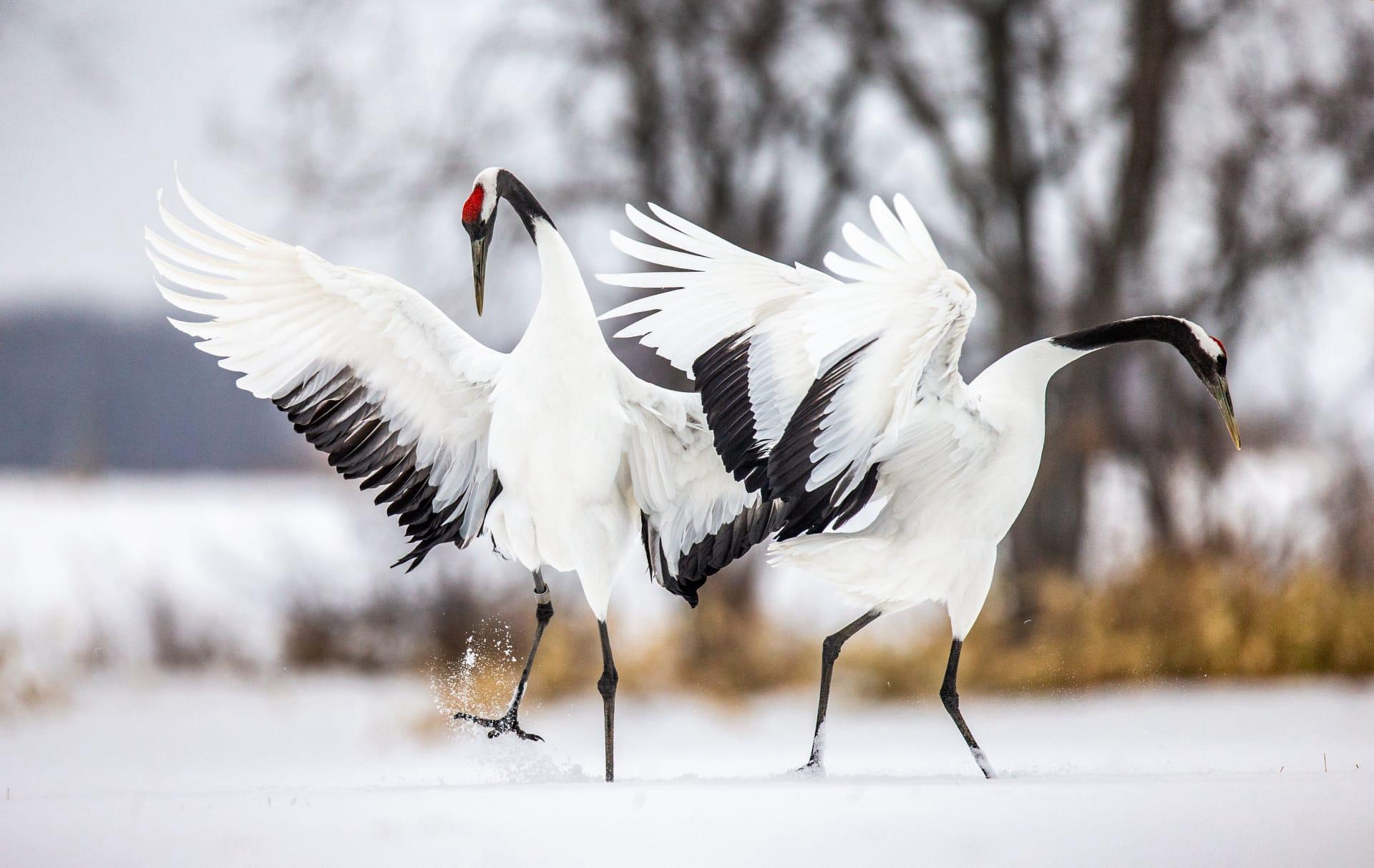Crane Characteristics
- Home /
- Mini Encyclopedia /
- Animal /
- Crane Characteristics
1
Crane, a majestic bird, stands out in the avian world with its impressive stature. Typically, these birds reach heights of about 4 to 5 feet, with a wingspan extending up to 7 feet. This towering presence is complemented by a slender build, weighing between 4 and 12 kilograms. Not just large, cranes are also known for their longevity. In the wild, they can live up to 20 to 30 years, but in protected environments, some have been recorded to live even longer, surpassing 60 years.
One of the most distinctive organs of a crane is its long, powerful neck. Far from just an aesthetic feature, this neck plays a crucial role in the crane's survival. It's incredibly flexible, allowing the bird to forage in deep waters or tall grasses. During mating rituals, the neck becomes a canvas for elaborate displays, twisting and curving in captivating dances. Moreover, the neck's length and strength aid in thermoregulation, helping cranes maintain their body temperature across diverse climates.

2
Question: Why do cranes dance?
Answer: Cranes engage in what is known as a “courtship dance,” a fascinating display of jumps, bows, and intricate footwork. This behavior is not just for show; it plays a vital role in pair bonding and mate selection. Both males and females participate, synchronizing their movements in a dance that can last for several minutes. These dances are most frequent during the breeding season but can occur at any time of the year. The dance not only strengthens the bonds between mates but also helps younger cranes develop and refine their mating rituals, vital for their future breeding success.

3
When it comes to movement, cranes are impressive flyers. They are known for their long-distance migrations, with some species traveling thousands of kilometers. Their flight is characterized by a steady, rhythmic wingbeat and a straight flight path. Cranes often fly at high altitudes; for instance, the bar-headed goose, a close relative of cranes, can fly over the Himalayas, reaching altitudes of up to 10,000 meters.
As for feeding, cranes are omnivorous and their diet varies with location and season. They typically feed on a mix of plant material, insects, and small animals. Their long neck and sharp beak are perfect tools for probing the soil and water for food. In shallow waters, cranes can be seen dabbling for aquatic plants and small fish, while in fields they might forage for seeds and insects. This versatile diet is key to their survival in varied environments.

4
Crane habitats are as varied as their species, spanning from wetlands and marshes to grasslands and agricultural fields. They prefer environments with open spaces and shallow water bodies, which provide both food and safety from predators. The availability of such habitats is crucial for their nesting and feeding.
Reproductively, cranes are monogamous, often forming lifelong pairs. Nesting habits vary among species, but most build their nests in shallow water or wetlands, using plant materials to construct a platform. Females usually lay 1 to 3 eggs, with both parents involved in incubation. The chicks are precocial, meaning they are relatively mature and mobile from the moment of hatching. Parent cranes are notably attentive and protective, teaching their young essential survival skills.

5
Book: "The Echo of Wings: The Life of the Crane" by Dianne Ackerman. This book, published in the United States in the 1990s, delves into the cultural and natural history of cranes. Ackerman, a renowned nature writer, combines personal observation with scientific research to explore the world of cranes, from their mythological significance to their ecological impact.
Book: "Cranes: A Natural History of a Bird in Crisis" by Janice Hughes. Published in Canada in the early 2000s, Hughes' work presents a comprehensive overview of the various crane species around the globe. The book focuses on conservation issues, highlighting the threats these birds face and the efforts to protect them. Hughes blends detailed scientific information with engaging narrative, making it an enlightening read for anyone interested in avian ecology and conservation.